Galileo
"It Moves"
Introduction
Galileo used his telescope to examine the heavens.He recorded his observations as drawings in his notebook. If you own a 25 power telescope like the Galileoscope you can repeat his observations. Let's take a look at what he found, and compare them to more modern images taken by modern telescopes.
The Moon
Galileo saw that the moon was not a perfect sphere, by looking at the moon at different phases he could use shadows to see that the moon had mountains and the Mare had craters.
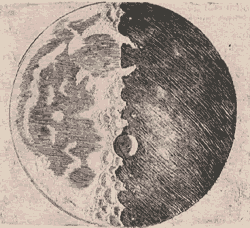
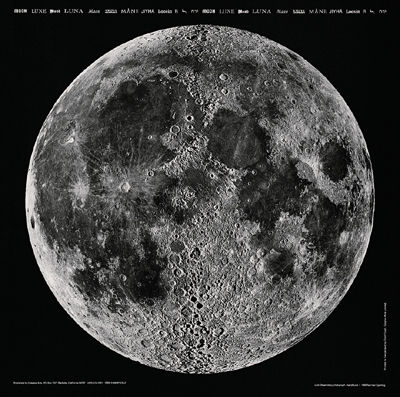
More recently Lick Observatory used its "Great Refractor" to take images of the moon at first and third quarter, then they stitched the images together to highlight the ruggedness of the moon. The Great Refractor has an objective lens 0.9 m in diameter, it is 58 feet long, and was built at the end of the 1800s.
Moon through Galileoscope http://www.youtube.com/watch?v=8bPUvsgCEnU
Moon motion over a month http://www.astro.washington.edu/IYA/lunar_librations.html
You can see the great refractor in a gigapan image here, or drive up to Lick Observatory above San Jose California and take a tour.
Jupiter
Galileo discovered that Jupiter had 4 moons. The moons obviously orbited Jupiter, this showed that not everything in the heavens orbited the earth.
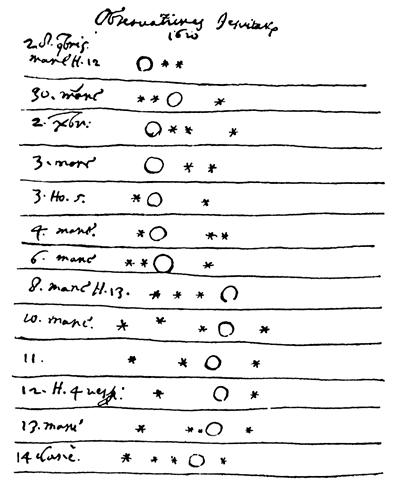
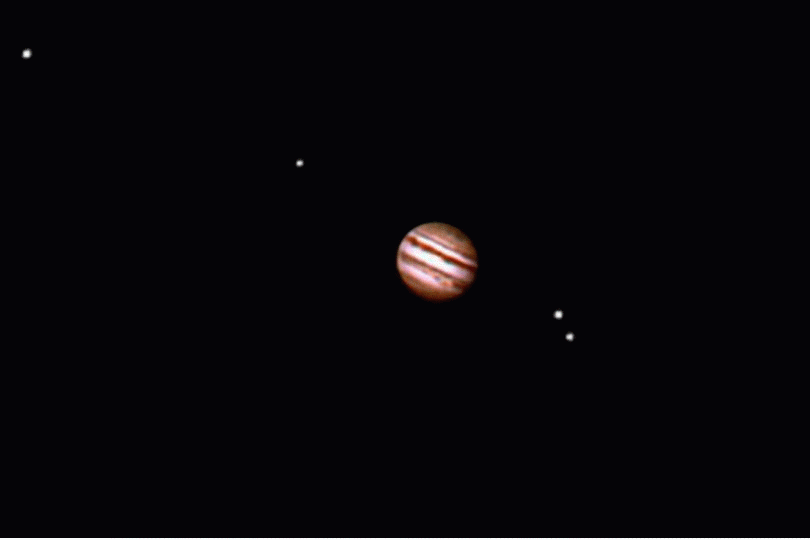
Jupiter's moons in motion, timelapse video http://www.youtube.com/watch?v=SsWMaAF0kmU
The "Great Refractor" was used to discover a fifth moon of Jupiter, Amalthea.
Venus
Galileo saw that Venus had phases. The phases of Venus can be explained if Venus orbits the sun.
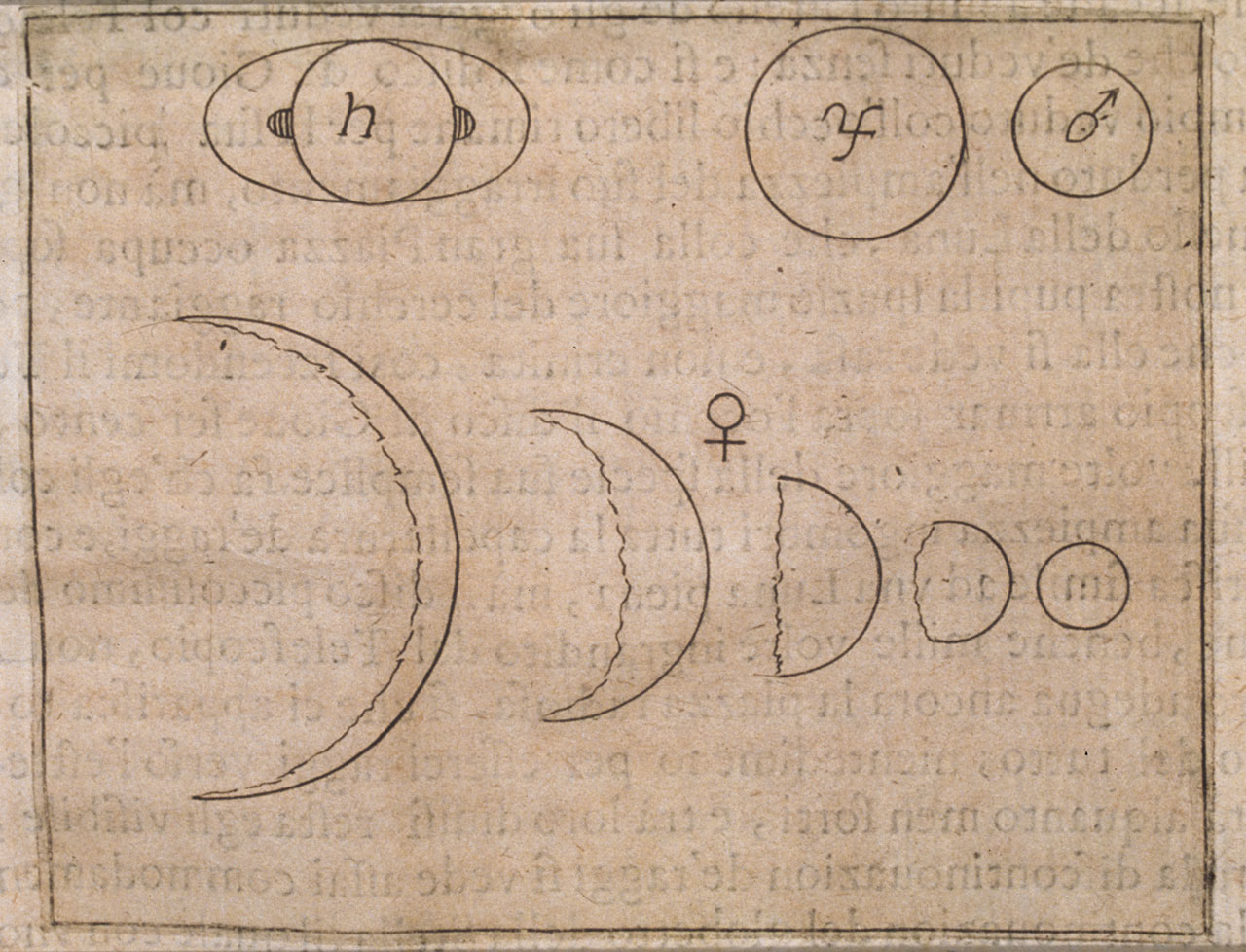
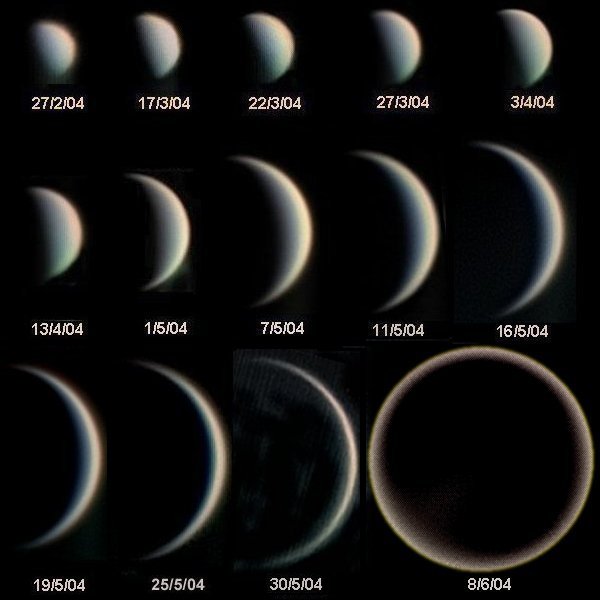
At the top left is the drawing of Saturn " a planet with ears" done by Galileo.
Sun
Don't look at the sun with a telescope! Galileo did look at the sun with a low power, low light collecting telescope at sunset when the earth's atmosphere acted as a filter. He saw sunspots and was not blinded. Let me repeat however, never look at the sun with a telescope. (OK you can look if you know what you are doing and have appropriate solar filters.)